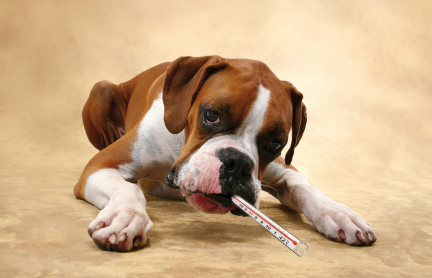While not as popular in the United States as it is overseas in Europe, the concept of purchasing health insurance for one’s pets has become increasingly high as monthly premiums can help offset expensive medical bills if a pet falls ill.
The North American Pet Health Insurance Association (NAPHIA) estimated that at the end of 2012 there were just over 1 million pets insured with annual premiums across the industry between $475 and $500 million.
In the United States, there are 171 million pets but only one percent of them are insured. On the other hand, over 30 percent of pets in the United Kingdom and over 50 percent of pets in the Netherlands are insured.
Consumers can select from one of three policies with the most popular being Accident & Illness (95.6 percent of policies in force), followed by Accident Only (3.1 percent of policies in force) and lastly Insurance with Embedded Wellness (1.3 percent of policies in force).
Like any other type of insurance, the earlier you purchase it the better, as your pet will most likely qualify for a less expensive premium. Purchasing a policy later on could result in your pet not being covered for some pre-existing conditions.
However, no matter the age of your pet, it is still recommended to purchase pet insurance, as you can never predict what new conditions or illnesses they may develop.
Below is a chart featuring the average annual premiums for both cats and dogs in 2013 for all three-policy types:
| Policy Type |
Cats |
Dogs |
| Accident Only | $136.26 | $166.25 |
| Accident & Illness | $289.99 | $456.98 |
| Insurance with Embedded Wellness | $743.11 | $1,178.13 |
Premiums are based on the age of the pet, the breed and postal code. The postal code is required to help determine where the nearest veterinary clinics are to your proximity. For example, owners living in Manhattan could face higher premiums as they price of health care for pets tends to be higher.
Additionally, if you have multiple pets, you may qualify for a discount depending on your insurance provider.
For the past three to four years, despite the nation’s economic downturn, pet insurance companies are seeing an average six percent growth annually in new business.
There are currently 10 companies that actively sell insurance in the United States – including Embrace Pet Insurance, Hartville Group, Healthy Paws Pet Insurance, PetFirst Healthcare, PetHealth, Inc., PetPartners, PetPlan USA, Pets Best Insurance, Veterinary Pet Insurance, and Trupanion Pet Insurance.
Out of these ten insurance companies, Trupanion Pet Insurance has recently been in the news as the company broke new ground Friday by being the first ever in American with a singular focus on insuring pets to debut on the NYSE.
At the start of the day, Trupanion’s 7.13 million shares were priced at $10 per share and rose to $11.40 by the end of the day, which was an increase of almost 15 percent.
Most of Trupanion’s revenue comes from the monthly premiums it charges for insuring pets. The average monthly premium for a dog is $40 and for a cat $26.
U.S. consumers are expected to spend $58.5 billion on their pets in 2014, an increase of 52 percent from 2006, according to the American Pet Products Association. As a result, we will likely see substantial growth in the pet industry in the coming years.













